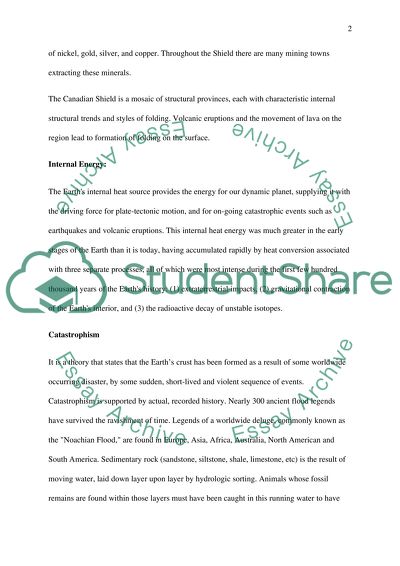Cite this document
(“Homework Assignment Example | Topics and Well Written Essays - 1750 words”, n.d.)
Homework Assignment Example | Topics and Well Written Essays - 1750 words. Retrieved from https://studentshare.org/geography/1592586-homework-assignment
Homework Assignment Example | Topics and Well Written Essays - 1750 words. Retrieved from https://studentshare.org/geography/1592586-homework-assignment
(Homework Assignment Example | Topics and Well Written Essays - 1750 Words)
Homework Assignment Example | Topics and Well Written Essays - 1750 Words. https://studentshare.org/geography/1592586-homework-assignment.
Homework Assignment Example | Topics and Well Written Essays - 1750 Words. https://studentshare.org/geography/1592586-homework-assignment.
“Homework Assignment Example | Topics and Well Written Essays - 1750 Words”, n.d. https://studentshare.org/geography/1592586-homework-assignment.


